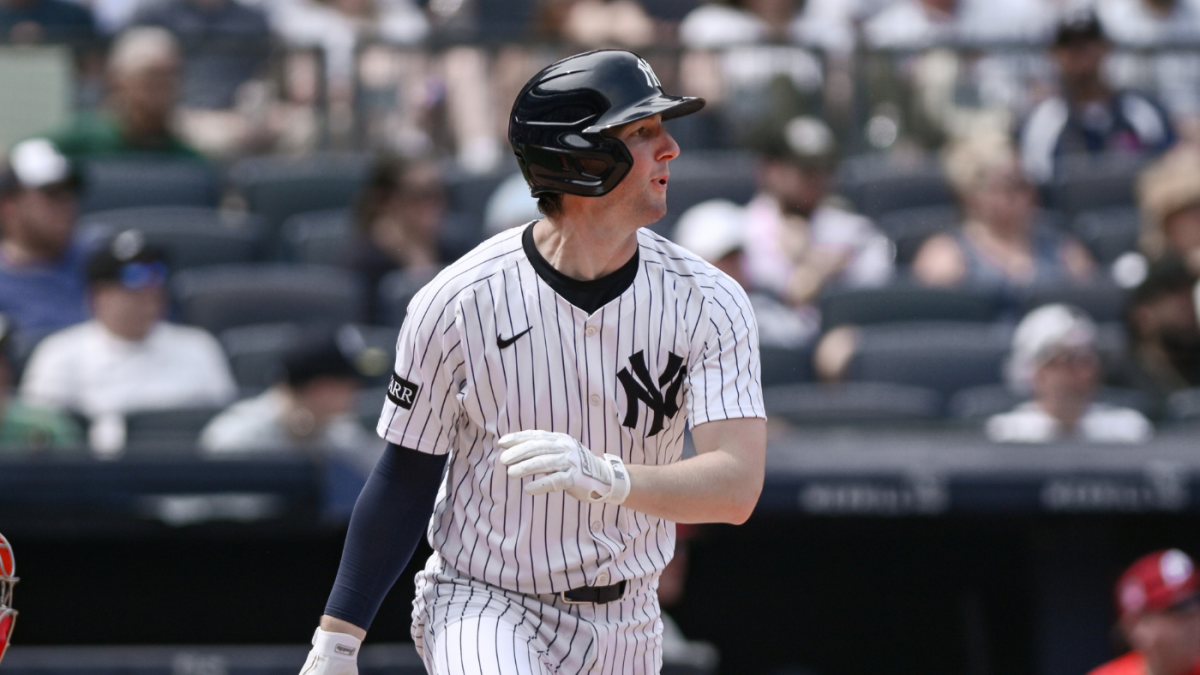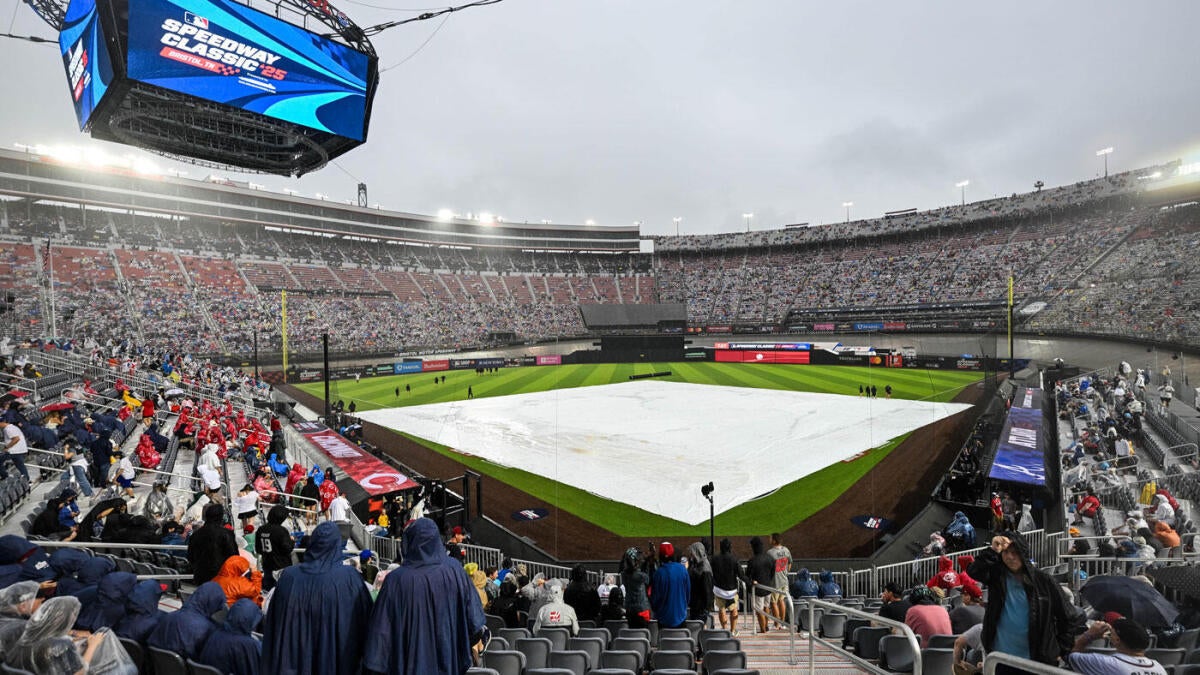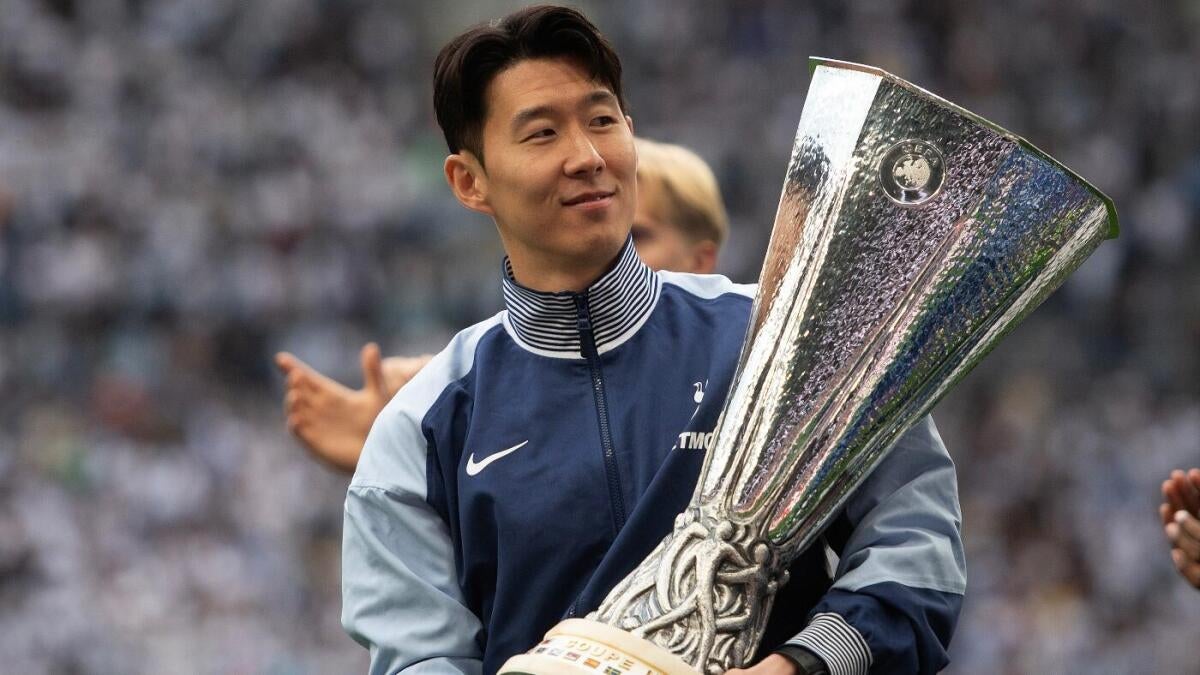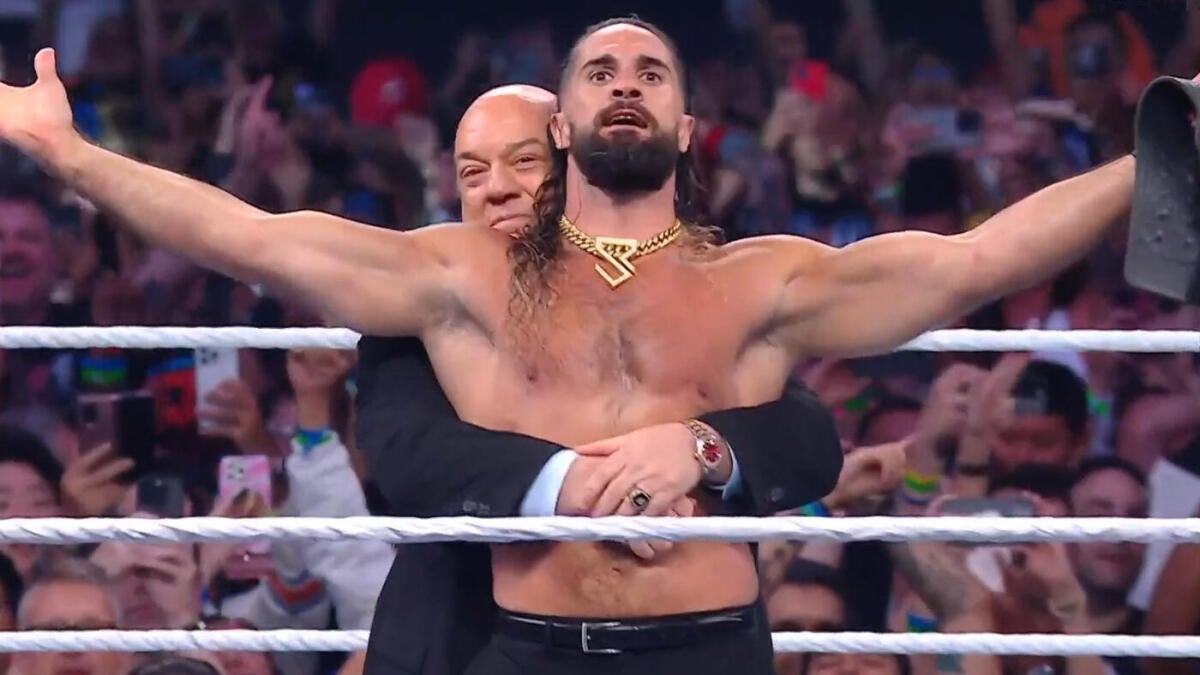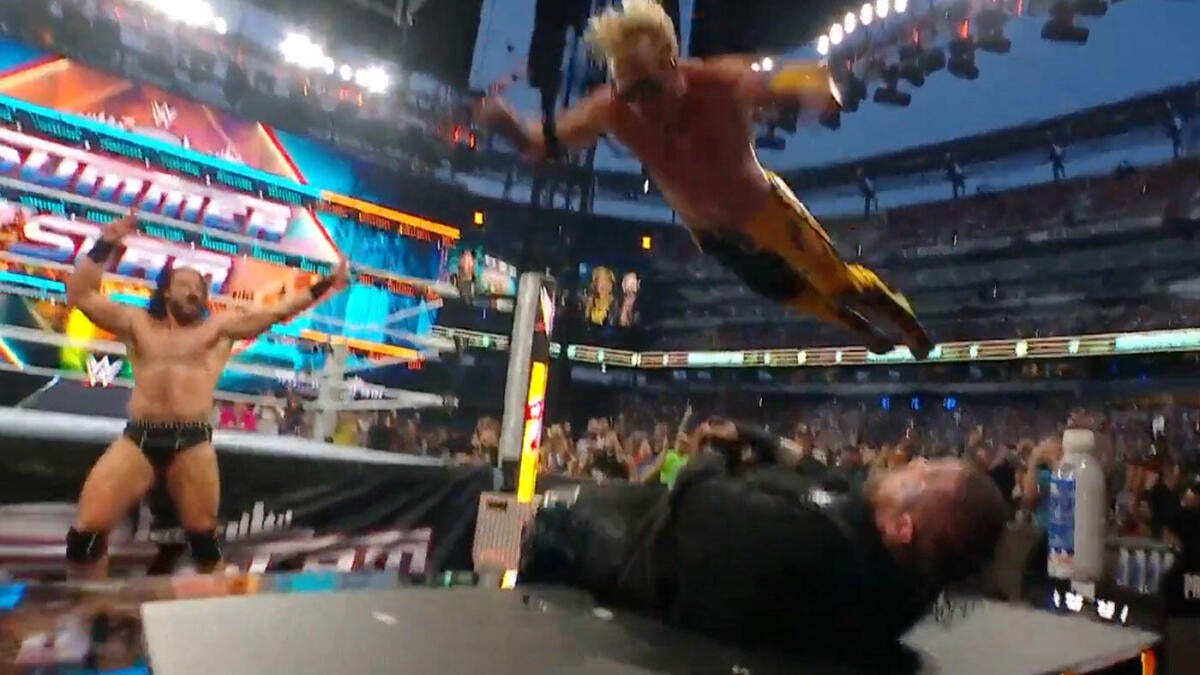The 2025 MLB Trade Deadline: A Season of Shifting Fortunes
Introduction: The Pivotal Moment in Baseball
The MLB trade deadline is more than just a transactional event; it’s a seismic shift that reverberates through the league, altering the trajectory of teams, players, and even the sport’s narrative. As the calendar turned to August in 2025, the dust settled on a deadline that was as dynamic as it was decisive. Teams either fortified their rosters for a championship run or embarked on a strategic rebuild, while fantasy managers scrambled to adjust their lineups. This report delves into the key trends, standout trades, and the broader implications of the 2025 MLB trade deadline, offering a comprehensive analysis of how the league’s landscape was reshaped in a matter of hours.
The New York Powerhouses: Yankees and Mets Take Center Stage
Yankees: The Relentless Pursuit of Greatness
The New York Yankees, a franchise synonymous with winning, once again demonstrated their willingness to spare no expense in their quest for a World Series title. Their most significant move was the acquisition of Ryan McMahon, a third baseman whose power-hitting and defensive reliability were immediate upgrades for the Yankees’ infield. McMahon’s arrival solidified the left side of the infield, providing a stabilizing presence that could prove crucial in the postseason.
The Yankees didn’t stop there. They also added Amed Rosario, a versatile utility player whose ability to play multiple positions offered manager Aaron Boone invaluable flexibility. Rosario’s speed and defensive versatility made him a perfect fit for a team that values adaptability. Additionally, the acquisition of Austin Slater from the Chicago White Sox provided much-needed outfield depth, ensuring the Yankees had the necessary bench strength to navigate the grueling playoff schedule.
Mets: A Strategic Rebuild with an Eye on the Future
The New York Mets, under new leadership, took a different approach to the trade deadline. Rather than chasing immediate success, they focused on long-term development, trading established players for promising prospects. Their most notable move was acquiring Gregory Soto, a left-handed reliever with All-Star experience, from the Baltimore Orioles. Soto’s addition bolstered the Mets’ bullpen, an area that had been a significant weakness for the team.
In exchange for Soto, the Mets sent Aracena, their No. 19 prospect, to the Orioles. This trade signaled the Mets’ commitment to rebuilding their roster from the ground up, prioritizing youth and potential over immediate wins. While the Mets may not be contenders in 2025, their strategic moves at the trade deadline set the stage for future success.
Beyond the Big Apple: Notable Moves Across the League
Mariners: Strengthening the Lineup for a Playoff Push
The Seattle Mariners, a team with championship aspirations, made a series of moves aimed at improving their lineup. Their acquisition of an unnamed player in the Josh Naylor deal underscored their commitment to adding offensive firepower. The Mariners recognized that their path to the postseason would require a more potent lineup, and they were willing to make bold moves to achieve that goal.
Brewers: Bolstering Catching Depth
The Milwaukee Brewers, known for their shrewd player development, added catcher Danny Jansen to their roster. Jansen’s experience and defensive skills provided the Brewers with valuable depth behind the plate, ensuring they had a reliable presence in the catcher’s position. This move was a testament to the Brewers’ ability to identify and acquire players who fit their system and culture.
Tigers: Investing in the Future
The Detroit Tigers, in the midst of a rebuild, continued to accumulate young talent. Their acquisition of right-handed pitcher Chris Rodriguez demonstrated their focus on developing a strong pitching staff for the future. The Tigers’ willingness to trade established players for prospects highlighted their long-term vision, prioritizing future success over short-term gains.
The Impact on Contenders and Rebuilding Teams
Contenders Going All-In
Teams like the Yankees and Mariners, with their sights set on a championship, made aggressive moves to improve their rosters. These teams were willing to part with valuable assets in order to acquire players who could make an immediate impact. The trade deadline served as a critical juncture for contenders, allowing them to address weaknesses and bolster their chances of reaching the World Series.
Rebuilding Teams Stockpiling Prospects
Teams like the Mets and Tigers, who are not currently in contention, used the trade deadline to acquire young, talented players who could contribute to their future success. These teams were willing to trade established players in exchange for prospects who have the potential to become stars. The trade deadline provided rebuilding teams with an opportunity to reshape their rosters and lay the foundation for long-term success.
Fantasy Baseball Fallout: Roster Reshuffling
The MLB trade deadline is not just a significant event for MLB teams; it also has a major impact on fantasy baseball leagues. The movement of players from one team to another can dramatically alter their fantasy value, forcing managers to adjust their rosters and strategies.
Winners and Losers
Some players see their fantasy value increase after being traded to a new team, while others see their value decrease. For example, a player who is traded from a rebuilding team to a contender may see his playing time and opportunities increase, leading to improved fantasy production. Conversely, a player who is traded from a contender to a rebuilding team may see his playing time and opportunities decrease, leading to decreased fantasy production.
Waiver Wire Frenzy
The trade deadline often triggers a flurry of activity on the waiver wire, as fantasy managers scramble to add newly acquired players and replace those who have been traded away. Smart fantasy managers stay on top of the trade news and act quickly to acquire players who have the potential to become valuable assets.
The Unsung Heroes: The GMs
While the players on the field capture the spotlight, the MLB trade deadline is a testament to the strategic acumen of general managers (GMs). These individuals, working tirelessly behind the scenes, navigate complex negotiations, evaluate player values, and ultimately make decisions that can shape the future of their franchises. The 2025 deadline saw GMs demonstrating creativity, risk assessment, and a deep understanding of their team’s needs and long-term goals.
The Lingering Questions: What Happens Next?
As the dust settles on the 2025 MLB trade deadline, several questions remain. Will the Yankees’ acquisitions be enough to propel them to a World Series title? Will the Mets’ rebuilding efforts pay off in the long run? Which prospects acquired at the deadline will blossom into stars? Only time will tell.
A Turning Point? The Shifting Sands of Power
The 2025 MLB trade deadline served as a crucial inflection point in the season. It solidified the positions of contenders, clarified the direction of rebuilding teams, and injected a fresh dose of excitement into the sport. While the immediate impact will be felt on the field as teams battle for playoff berths, the long-term consequences will resonate for years to come, shaping the competitive landscape of Major League Baseball. The 2025 deadline will be remembered not just for the players who changed uniforms, but for the strategic visions that guided those moves, and the shifting sands of power they represented.







